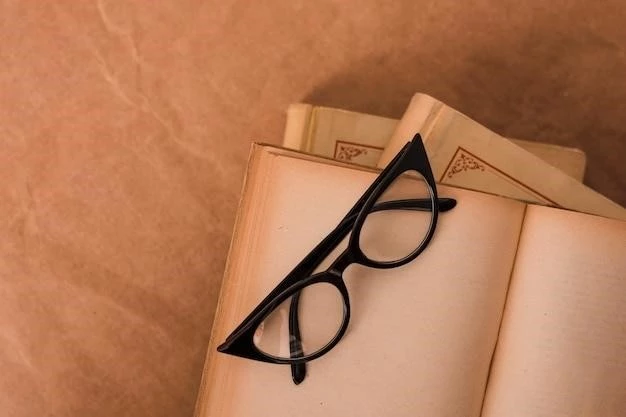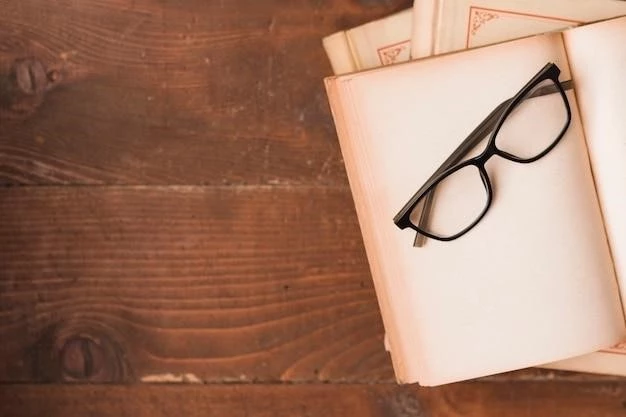The invention of eyeglasses, a seemingly simple device, revolutionized the way humans perceive the world and opened doors to advancements in science, art, and education. This remarkable story spans centuries and continents, offering a glimpse into the ingenuity of human innovation;

Early Origins
While the exact origins remain shrouded in mystery, evidence suggests that rudimentary forms of vision correction existed as early as the 13th century. Early attempts at magnifying lenses were likely made from polished gemstones or glass spheres. The earliest known depiction of spectacles appears in a 13th-century Italian manuscript٫ where a pair of pince-nez with convex lenses is shown on a man’s face.

The Birth of Spectacles
The true birth of spectacles is attributed to Italian artisans in the 13th century. These craftsmen, known for their expertise in glassmaking, experimented with lenses and developed the first practical eyeglasses. Salvino d’Armate, a Florentine, is often credited with the invention, though historical records remain inconclusive.
These early spectacles were simple frames with convex lenses held in place by a bridge resting on the nose. They were primarily used to correct presbyopia, the age-related inability to focus on near objects. The lenses were often made from rock crystal or glass, and they were typically held in place by a simple metal frame.
The Evolution of Eyeglasses
The 14th and 15th centuries witnessed significant advancements in spectacle design. The introduction of bifocal lenses in the 17th century provided a solution for individuals needing correction for both near and far vision. The invention of the telescope in the 17th century led to the development of specialized lenses for astronomical observations.
During the 18th century, eyeglass frames began to incorporate more elaborate designs, with ornate materials and embellishments. This era also saw the rise of opticians, who specialized in fitting and adjusting eyeglasses.
The Industrial Revolution and Beyond
The Industrial Revolution in the 19th century brought about mass production techniques٫ making eyeglasses more accessible to the general public. The introduction of new materials٫ such as plastic٫ led to lighter and more durable frames.
The 20th century saw further advancements in eyeglass technology, including the development of contact lenses, laser eye surgery, and progressive lenses. Today, eyeglasses continue to evolve, incorporating sophisticated designs, materials, and technologies to enhance visual clarity and comfort.
Impact on Society
The invention of eyeglasses had a profound impact on society. By improving vision, they enabled individuals to engage in activities that were previously impossible, such as reading, writing, and studying. This, in turn, led to advancements in education, science, and the arts.
Eyeglasses also played a crucial role in the development of scientific instruments, such as microscopes and telescopes. These instruments, in turn, revolutionized our understanding of the natural world.
Conclusion
The story of eyeglasses is a testament to human ingenuity and the pursuit of knowledge. From the rudimentary beginnings in the 13th century to the sophisticated designs of today, eyeglasses have transformed the way we see the world and continue to shape the course of human history.










